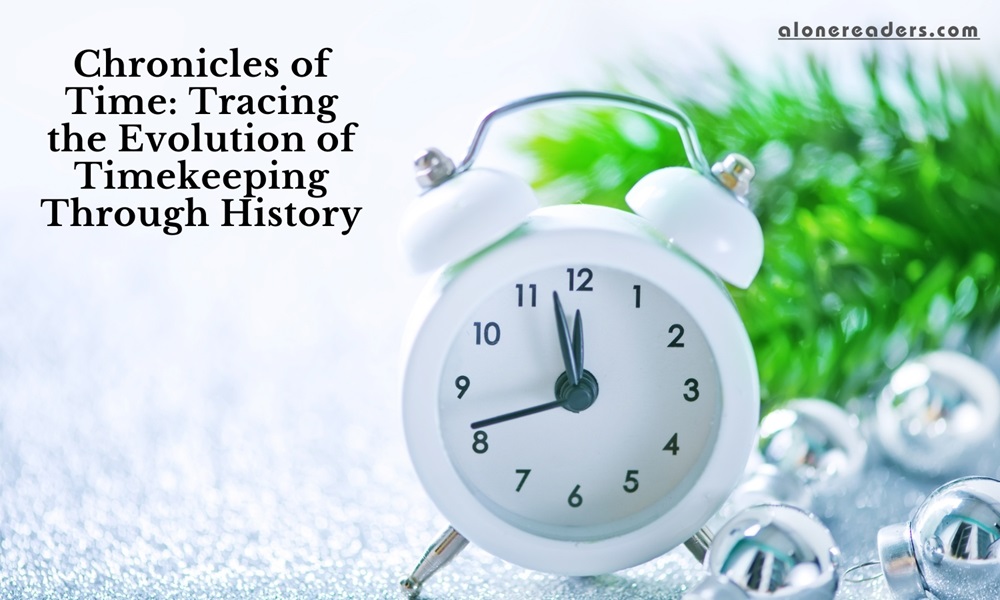
The concept of time has always been a fundamental aspect of human civilization. From ancient civilizations to the modern era, the methods and accuracy of timekeeping have evolved dramatically. This article delves into the rich history of timekeeping, exploring how our ancestors measured time and how these methods have progressed to the sophisticated systems we use today.
Early Methods: Sundials and Water Clocks
The journey of timekeeping begins in ancient civilizations, where the first timekeepers were natural events and simple devices. The Egyptians and Babylonians used obelisks and sundials, relying on the sun's shadow to indicate time. The introduction of water clocks, or clepsydras, marked a significant advancement. These clocks used the steady flow of water to measure time, offering a way to track time at night or during cloudy days.
The Innovation of Hourglasses
The hourglass, another ancient timekeeping device, gained popularity due to its simplicity and reliability. It consisted of two glass bulbs connected by a narrow neck, allowing sand to flow from the upper to the lower bulb at a steady rate. This device was widely used in various applications, from cooking to navigation.
The Birth of Mechanical Timekeeping
The Middle Ages witnessed a revolutionary change in timekeeping with the development of mechanical clocks. Initially, these clocks were large, complex structures found in town centers and monasteries. They were driven by weights and gears, marking the first time timekeeping became somewhat independent of natural phenomena.
The Invention of the Spring-Driven Clock
The invention of the spring-driven clock in the 15th century was a pivotal moment in timekeeping history. This innovation led to the development of smaller, portable timepieces, paving the way for personal timekeeping devices like pocket watches.
The Longitude Problem and Marine Chronometers
The Age of Exploration underscored the importance of precise timekeeping for navigation. The solution to the longitude problem was the marine chronometer, a highly accurate, sea-worthy clock. Invented by John Harrison in the 18th century, these chronometers enabled sailors to calculate their longitude at sea, revolutionizing navigation.
The Advent of Time Zones
The Industrial Revolution brought about railways and telegraphs, necessitating the standardization of time. This led to the creation of time zones, dividing the world into regions with the same standard time, a concept still in use today.
The Quartz Revolution
The 20th century saw the introduction of quartz clocks, which used the regular vibrations of quartz crystals under electricity to keep time. These clocks were far more accurate than their mechanical predecessors and became the standard in timekeeping.
The Atomic Age of Timekeeping
The development of atomic clocks marked the pinnacle of precision in timekeeping. Using the consistent vibration of atoms, atomic clocks have an accuracy that loses less than a second over millions of years. This accuracy is essential for modern technologies like GPS and internet communication.
Timekeeping in the Digital Age
Today, we are witnessing the integration of timekeeping with digital technology. Smartphones and connected devices rely on the precision of atomic clocks, synchronized through global networks, ensuring accurate timekeeping across devices.
Looking Ahead: Optical Lattice Clocks
The future of timekeeping may lie in optical lattice clocks, which use lasers to measure the vibrations of atoms at optical frequencies. These clocks promise even greater accuracy than current atomic clocks, potentially redefining the second and further transforming how we measure time.
The history of timekeeping is a testament to human ingenuity and our quest for precision and understanding. From sundials to atomic clocks, our journey through timekeeping reflects our evolving relationship with time itself. As technology continues to advance, the future of timekeeping looks poised to offer even more remarkable innovations, continuing to shape our interaction with time in ways we can barely imagine.